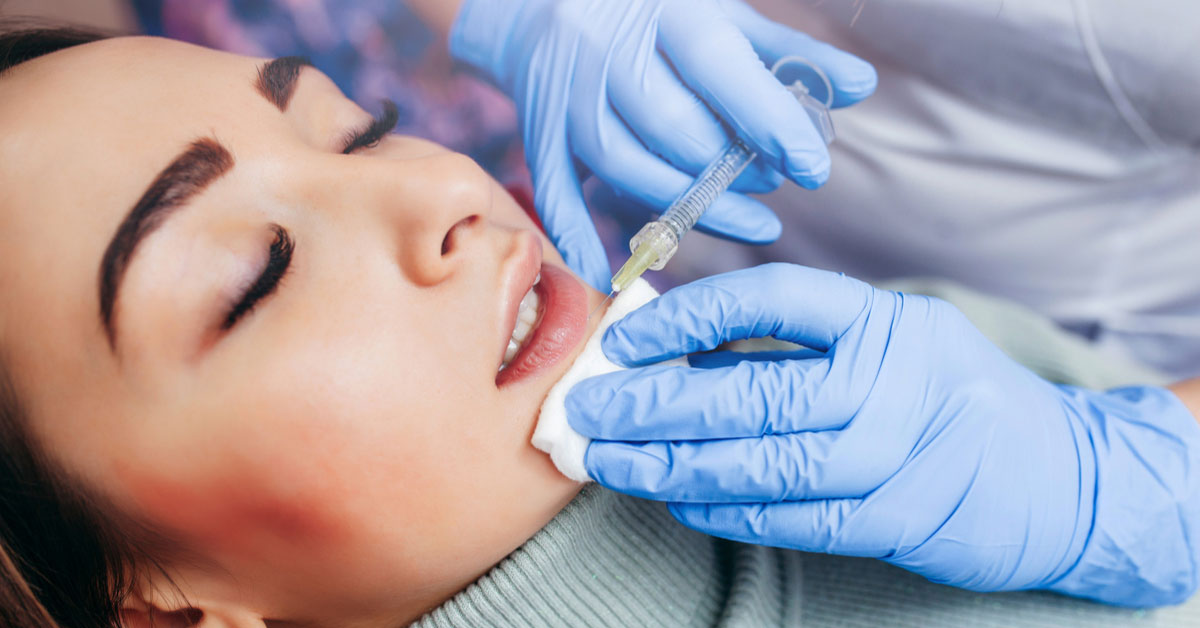
- Home
- About
- Our Team
- Services
- Postoperative Care
- Smile Gallery
- Medical Tourism
- Blog
- Offers
- Contact Us
- Home
- About
- Our Team
- Services
- Postoperative Care
- Smile Gallery
- Medical Tourism
- Blog
- Offers
- Contact Us

A lot of people are so phobic about going to a dental clinic and they prefer not to have any type of treatment. Many at times they tend to bear with the acute tooth aches or pit holes or bleeding gums, rather than going and sitting in the dental chair for a consultation or treatment. For such people who have a fear of getting to a dentist, this sedation dentistry may help take away some of their anxiety.
Sedation can be used for all procedures, as simple as a scaling to as complicated as a surgical removal of an impacted third molar. How and when it can be used, depends on the severity of patient anxiety.
Sedation dentistry uses medication to help patients relax during the dental procedures. Patients are usually awake, except for the general anaesthesia. The levels of sedation can vary from minimal to moderate to deep anaesthesia.
Minimal sedation usually involves breathing in nitrous oxide combined with oxygen through a face mask. This is otherwise called laughing gas. This helps the patient to be relaxed and awake during the procedure. Moderate sedation involves medication that is either taken orally or through IV injections. This will make the patient drowsy and he may not remember the whole of the procedure, although in a conscious state. Deep sedation or general anaesthesia is where the patient is almost or totally unconscious and so do not know or feel any of the procedure done. He has to be waken up after the anaesthesia wear away.
Regardless of the sedation, a local anaesthetic is given to make the area of working site numb so as to avoid discomfort to the patient.

People who have fear for dental treatment because of anxiety or low pain threshold
Have very sensitive teeth
Has a bad gag reflux
Small children who are not cooperative
Mentally retarded or medically compromised children
Need multiple dental work to be completed.
Nitrous oxide tends to be safe in children, and any trained dentist can administer it.
A smaller amount of paediatric dentist are trained to give oral sedation to children. Oral sedation can be safe when kept within the recommended dose of child’s age and height. Moderate to deep anaesthesia and general anaesthesia are given only under the able care of an anaesthetic and oral surgeon. This will require regular monitoring of vital signs and dose to be adjusted as when required.
There is always a risk in getting anaesthesia. It is important to talk to your doctor before having sedation. Before the procedure your dentist should go over your medical history and decide if you
are suitable for sedation. It’s imperative to know about the risks involved in the anaesthesia and clarify any doubts with regard to it before the procedure. Your dentist should be well trained and
experienced in performing such procedures under sedation. If all is fine then sit back and have a relaxed dental procedure.